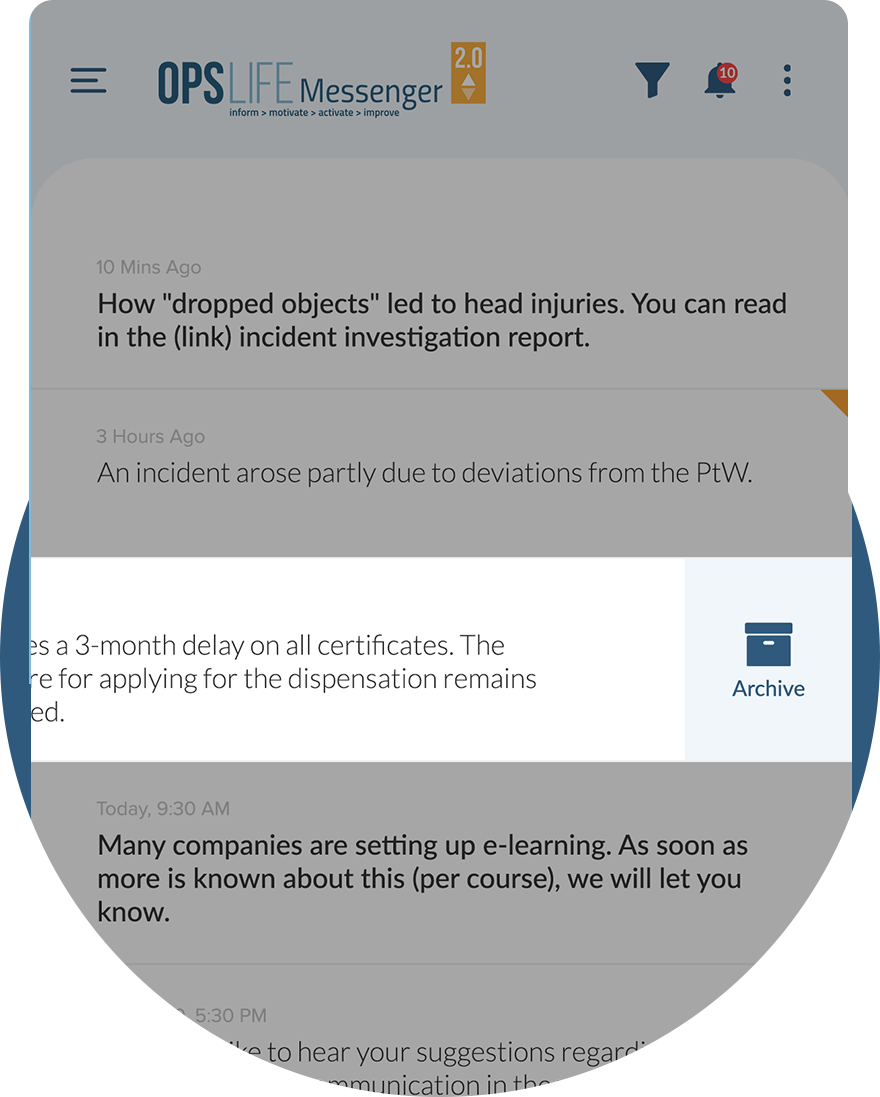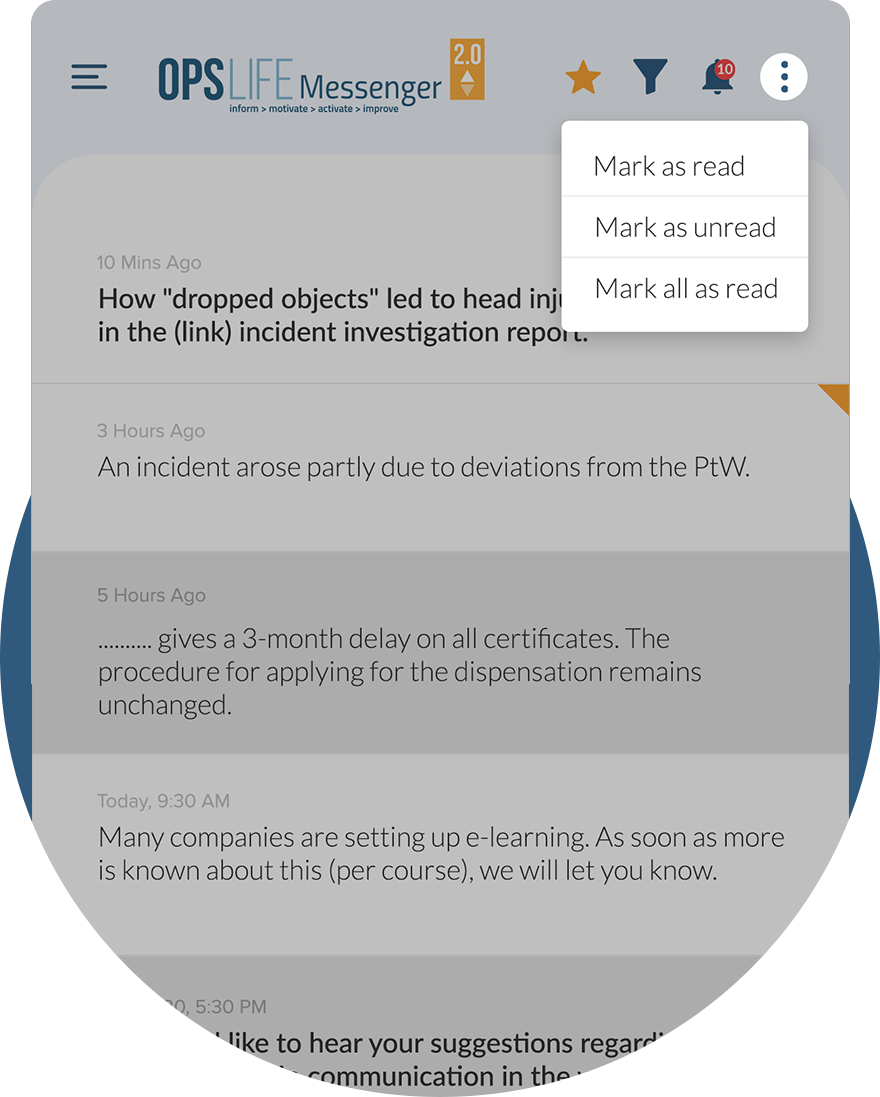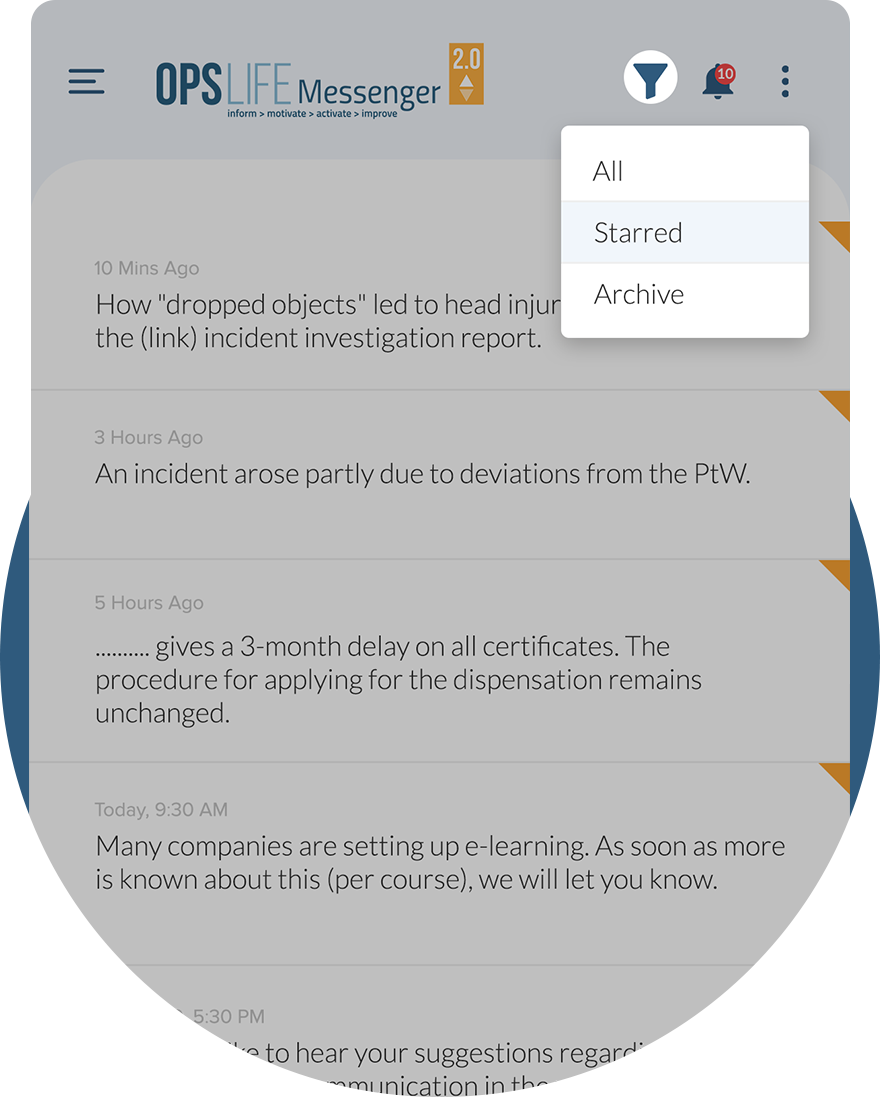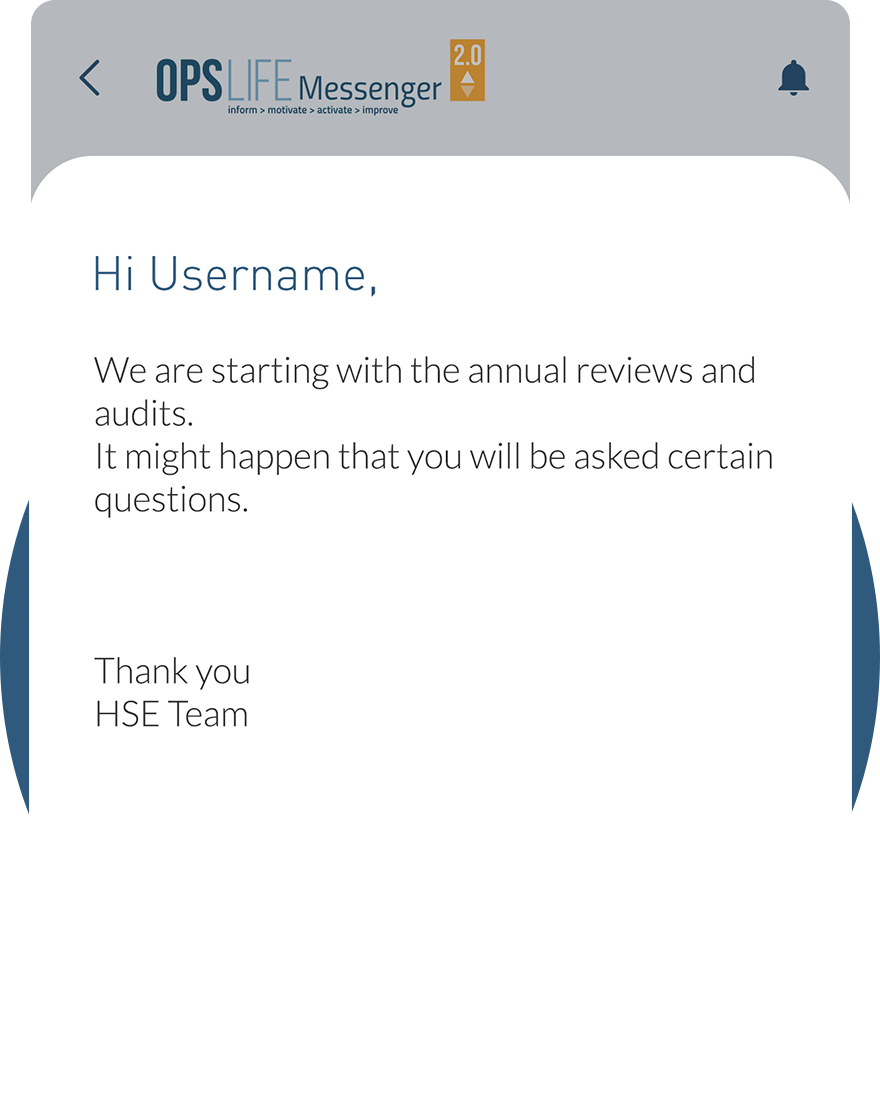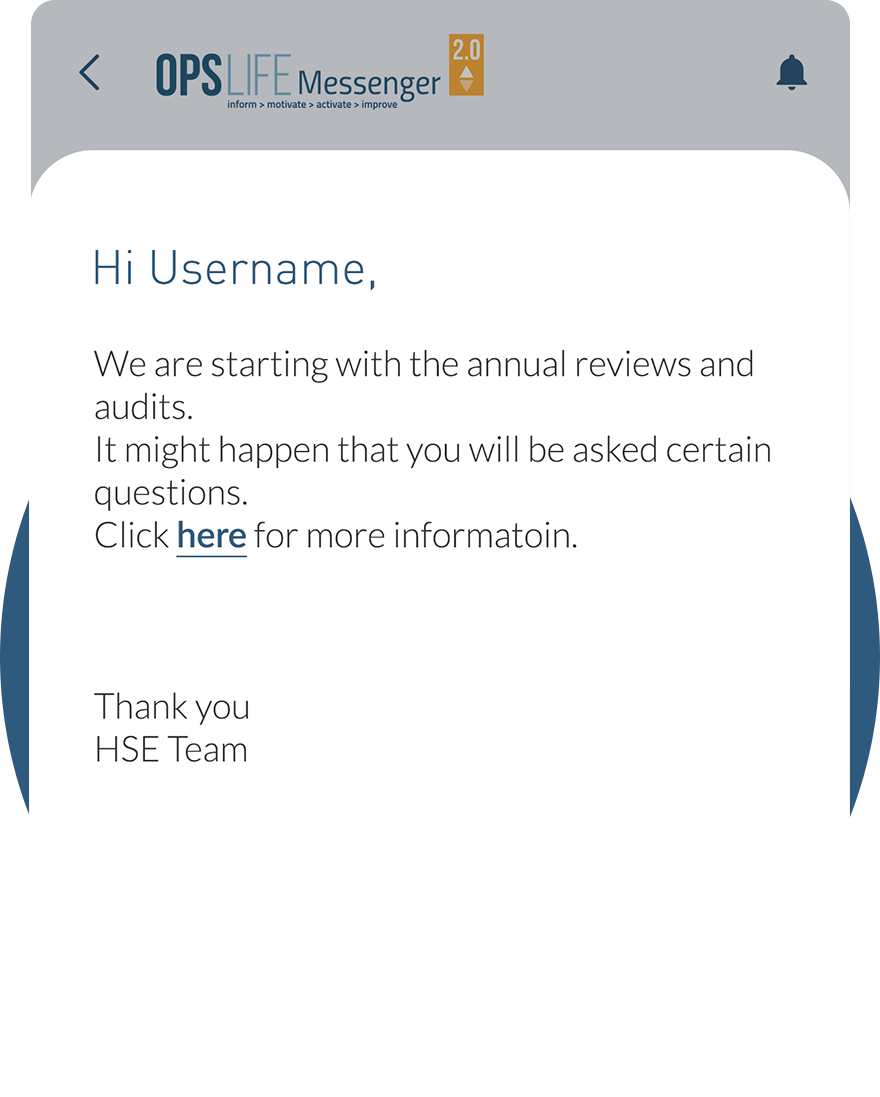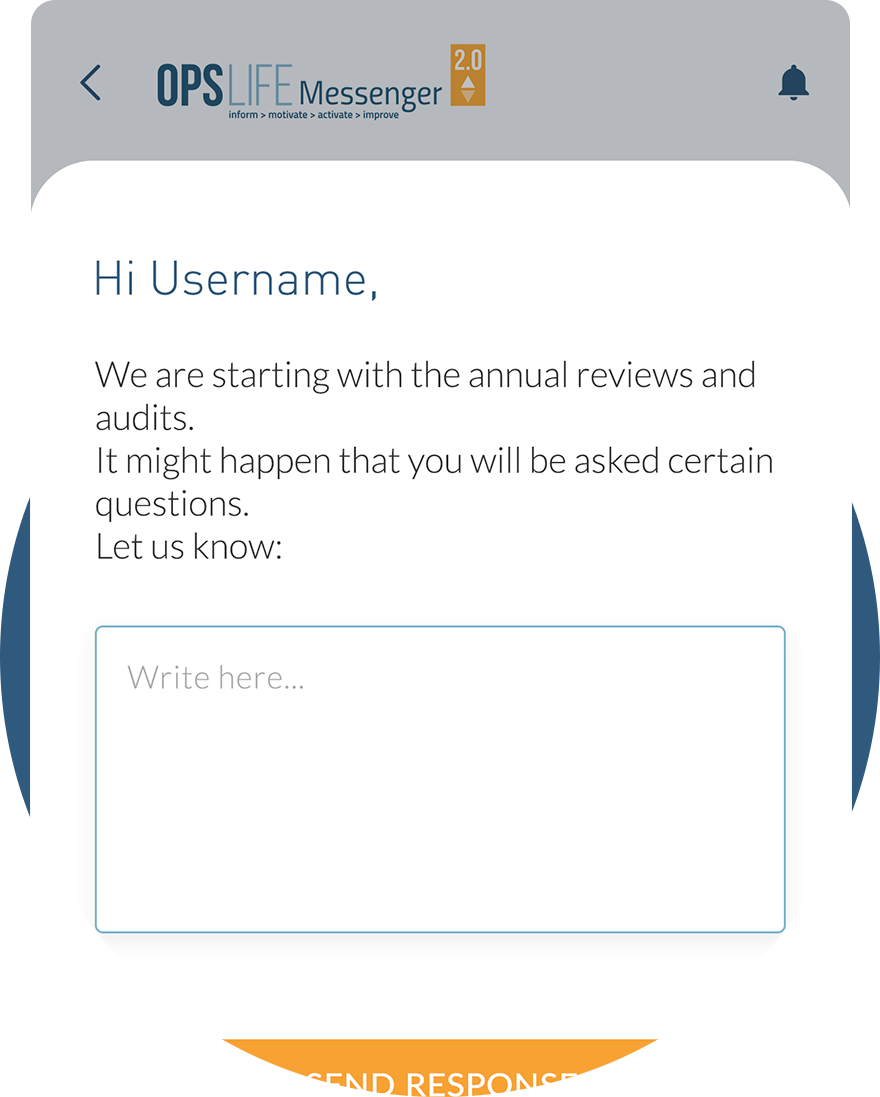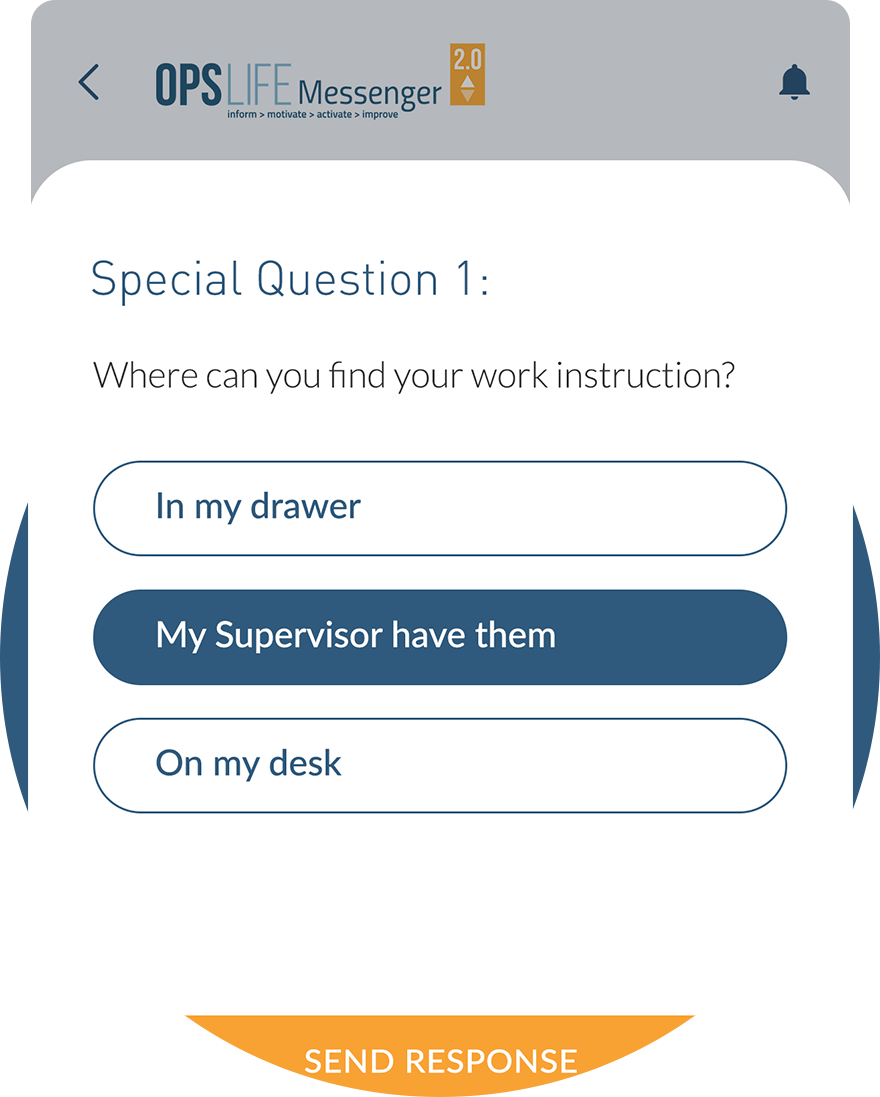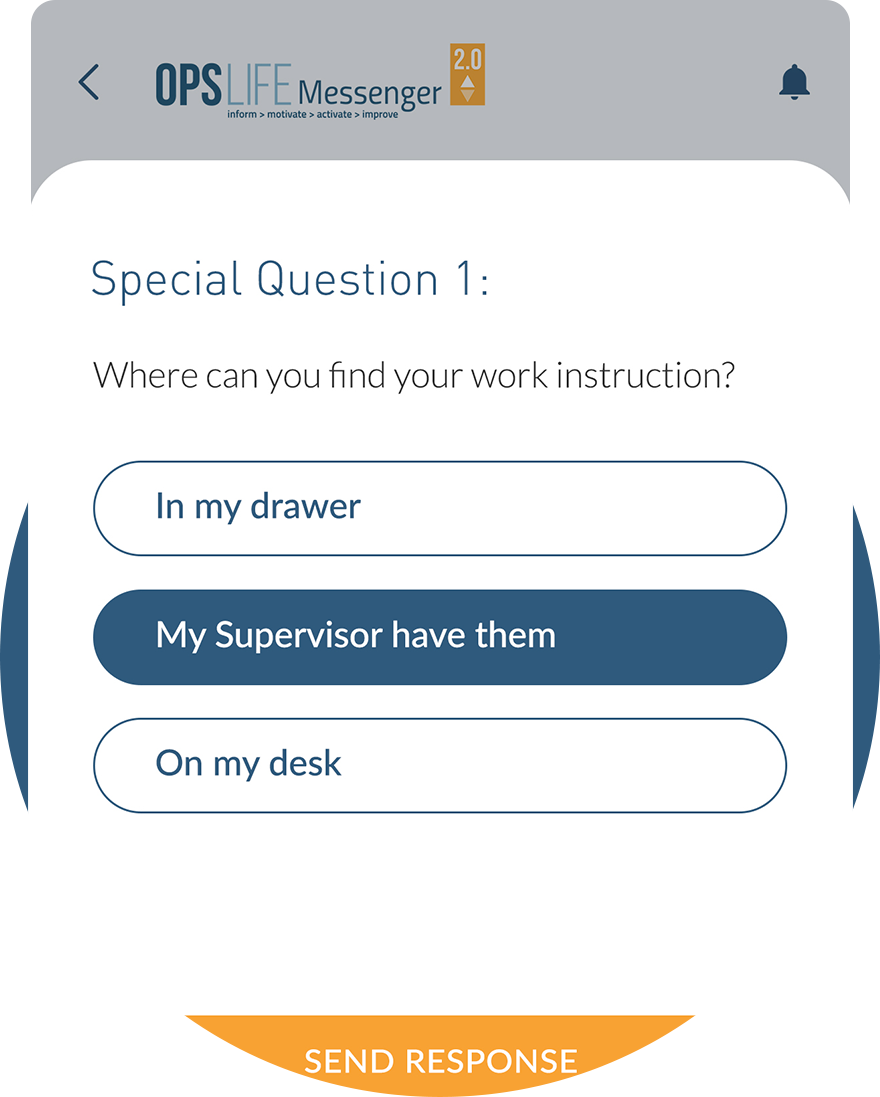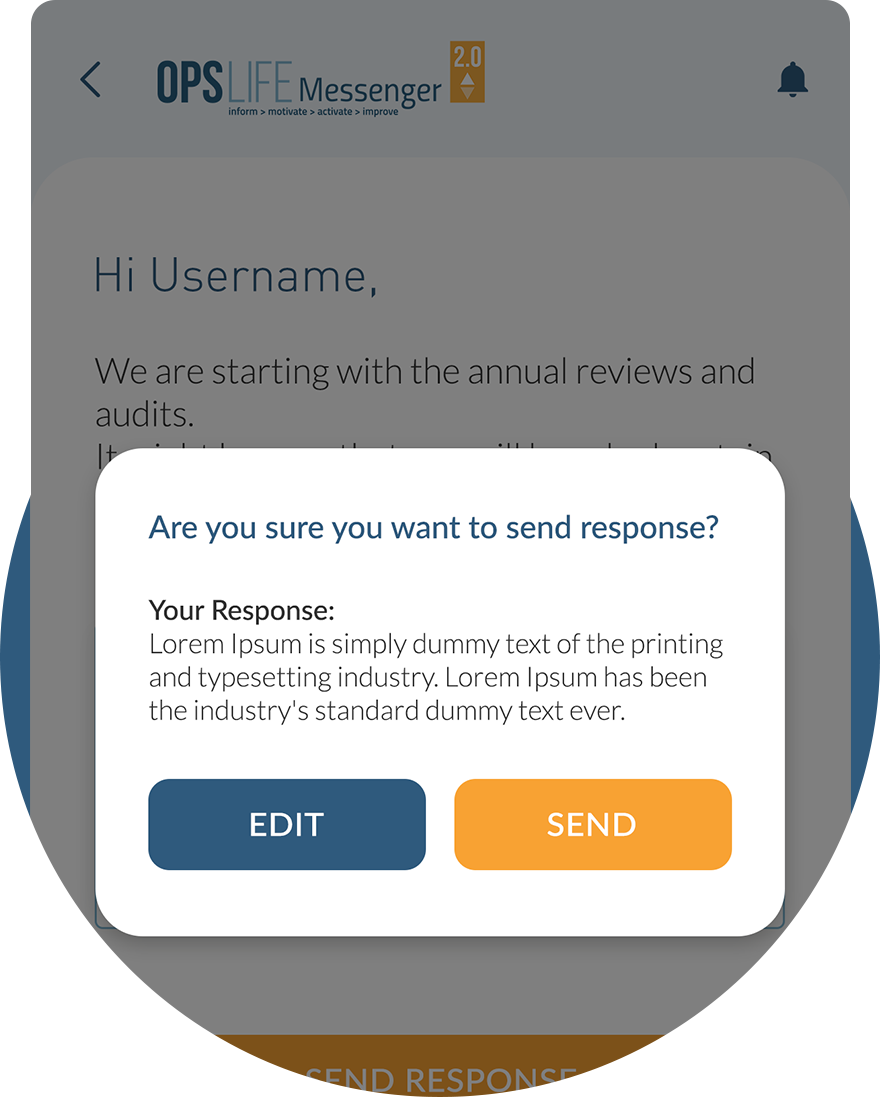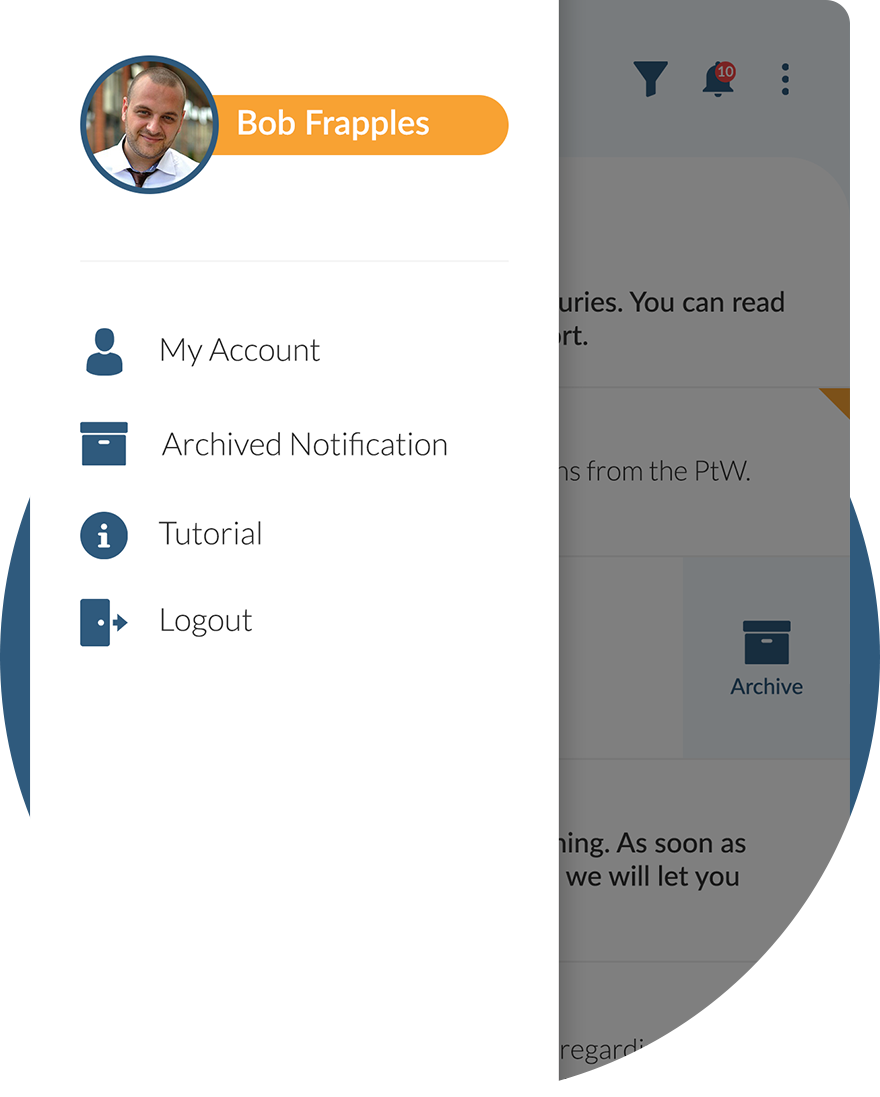Basic HSE information about Fire fighting and set of tools to be used at work
Fire fighting
- Workplace Information
- Toolbox Information
- Check Your Knowledge
- Action Focus Campaign
IMPORTANT INFO
- The three ingredients of a fire triangle are heat, fuel and oxygen.
- If just one of these components is removed, the fire will be extinguished.
- The side effects of a fire also represent a hazard.
- If you are going to put out a fire, always ensure your own personal safety.
- A fire safety risk assessment should be conducted.
WHAT IS IT?
Fire Fighting is about bringing fires under control and extinguishing them putting the fires out. Fire Fighting will teach you the necessary skills to quickly and correctly identify the type of fire so that you can select the appropriate fire fighting procedure.
The fire triangle, or combustion triangle, relates to the three components needed to ignite and sustain a fire. The three ingredients of the fire triangle are:
- heat
- fuel
- oxygen
If just one of these components is removed, the fire triangle will collapse and the fire will be extinguished.
HAZARDS
Fire has a major impact on the environment. As the result of a fire, visibility is reduced and potentially toxic or harmful substances are dispersed.
The side effects of a fire also represent a hazard. First the fire will deplete oxygen from the surrounding atmosphere. Most casualties from a fire die from smoke inhalation and lack of oxygen. Secondly, especially where plastics are being burnt, the fumes could be toxic, and anyone exposed could die.
PREVENTION
- practice good workplace housekeeping
- smoke only in designated areas, and ensure that all lit items are totally extinguished
- maintain the appropriate type and number of fire extinguishers and learn how to properly use a fire extinguisher. Ask your company about this
- report all electrical hazards
- maintain free access to electrical control panels to enable quick and easy shut off of electricity
- maintain machinery to prevent overheating and friction sparks
- never block sprinklers, firefighting equipment or emergency exits
- use and store chemicals safely
- control the accumulation of flammable and combustible waste materials and residues so that they do not contribute to a fire emergency
- use all precautions to prevent ignition in potentially explosive atmospheres such as those containing flammable liquid vapors or fine particles; use non-sparking tools, and control static electricity as required
- emergency exit diagrams should be posted and emergency exits should be well lit with neon-regulation signs
- the workforce should have a list of emergency contact phone numbers in case of emergency. Ask your company about this
A hot work permit is used to prevent fire or explosion and will specifically detail the work to be carried out, how and when it is to be done and the precautions to be taken.
PROTECTION
Ask your company about what to do in the event of a fire.
If you are going to extinguish a fire, pay attention to the following:
- always be aware of, and ensure, your own personal safety
- choose the correct extinguisher for the particular type of fire
- extinguish the fire
- note: the fire may rekindle; keep an eye on the fire
- if the fire is larger than anticipated or escalates, stop and go to an assembly point (ask your company about this)
Fire fighting equipment:
- fire extinguishers
- smoke detectors
- fire alarm systems
- fire extinguisher cylinders
- fire suit
- fire sprinklers
- fire hydrants
- fire blankets
Extinguishing agents:
- water and foam fire extinguishers extinguish the fire by taking away the heat element of the fire triangle; foam agents also separate the oxygen from the other elements
- Carbon Dioxide fire extinguishers extinguish fire by taking away the oxygen element of the fire triangle and also remove the heat with a very cold discharge
- dry chemical fire extinguishers extinguish the fire primarily by interrupting the chemical reaction of the fire triangle
- wet chemical fire extinguishers extinguish the fire by removing the heat of the fire triangle and prevents re-ignition by creating a barrier between the oxygen and fuel elements
- halogenated or clean agent extinguishers include halon agents as well as the newer and less ozone depleting halocarbon agents; they extinguish the fire by interrupting the chemical reaction of the fire triangle
- dry powder extinguishers are similar to that of dry chemical extinguishers except that they extinguish the fire by separating the fuel from the oxygen element or by removing the heat element of the fire triangle
- water mist extinguishers are a recent development that extinguishes the fire by taking away the heat element of the fire triangle; they are an alternative to the clean agent extinguishers where contamination is a concern
- sand can stop a fire by cutting of the heat since it has a high melting point
- and of course water
IN CASE OF...
Fire:
- ensure your own personal safety
- never use an elevator to escape
- flee towards the crosswind direction and away from the fire
- report the fire according to your company’s procedures
- warn people in the vicinity of the fire
- bring people to safety
- close doors and windows
- extinguish the fire if possible
Start your daily work with safety!
Onscreen presentation is very useful to use during work preparation or toolbox meetings. It provides short and concrete information. Five questions and answers at the end of presentation can be used to make the meeting more interactive and to give conversation a boost.
Be always prepared for the work!
It is of utmost importance to be well prepared before you start the work.
By clicking on the button below you can check your knowledge about this HSEQ subject.
After completion of the knowledge check, your certificate will be visible in
MY ACCOUNT > My training.
